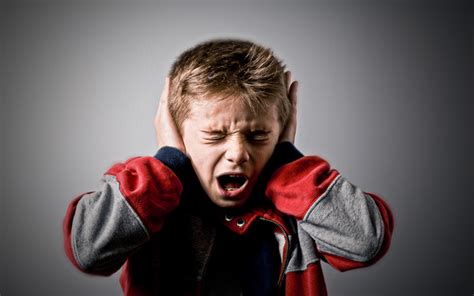In today’s densely populated urban areas, the constant background of traffic noise has become an accepted part of life. However, emerging research suggests that this ambient noise is more than just a minor inconvenience; it is a serious threat to the cognitive development of children. The fluctuating peaks of noise from cars, motorcycles, and other vehicles can disrupt children’s attention spans and working memory, hindering their overall ability to learn and perform academically. This is particularly concerning when considering noise exposure in school settings where children are expected to focus and absorb new information.
One of the most significant challenges with traffic noise is its unpredictability. Unlike the steady, predictable noise of railways or aircraft, traffic noise is erratic and often louder due to vehicles like motorcycles and modified cars. This inconsistency makes it particularly disruptive. The peaks of noise can momentarily distract students, breaking their concentration and making it difficult to regain focus. It’s an issue not just of volume, but of the sheer unpredictability that wreaks havoc on a child’s attentional resources and working memory.
The common refrain from many urban planners and policymakers has been to consider noise mitigation strategies in schools themselves, such as soundproofing classrooms. While this might provide some immediate relief, it doesn’t address the root of the problem: the noise itself and its source. Reducing traffic speed limits around school zones, enforcing stricter noise regulations on vehicles, and encouraging the use of quieter electric vehicles could all contribute to a more peaceful learning environment. Moreover, soundproofing is often cost-prohibitive and may not be a viable solution for underfunded educational institutions.
Some commentators have proposed even more stringent measures such as transferring the proceeds from speeding tickets directly to local governments, contingent on strict enforcement of noise pollution laws. For instance, creating noise limits for vehicles that match those of modern, quieter cars and motorcycles, and equipping law enforcement with advanced tools like decibel meters and video cameras to catch violators. Fines for excessive noise could also be increased substantially with repeat offenders facing severe penalties, such as vehicle repossession or even jail time. While these measures might seem draconian, the potential benefits in terms of reduced noise pollution are considerable.
The conversation about traffic noise also dovetails with broader critiques of car dependency and urban sprawl. Cars are not just noisy, they contribute to a host of other issues such as pollution and traffic accidents. An important aspect of this discussion is promoting ‘active travel’ which includes walking, cycling, or using public transit. Active travel not only reduces traffic noise but also has health benefits and fosters a sense of community that is often lost in car-dependent societies. Advocates argue that lessening our reliance on personal vehicles—electric or otherwise—could make cities more livable and reduce levels of noise pollution.
Interestingly, some studies suggest that the noise problem is not confined to urban environments. Even relatively quiet suburban and rural areas can suffer from sudden spikes in noise due to specific types of vehicles like motorcycles and sports cars. Laws need to be broadened to include noise checks during vehicle inspections, ensuring that even these outliers do not contribute to the problem. This would create a more comprehensive approach to tackling noise pollution.
It is also essential to acknowledge that while electric vehicles bring some noise reduction advantages, they are not a panacea. Above certain speeds, the noise of tires on the road becomes the dominant sound, and electric vehicles tend to be heavier, potentially exacerbating this issue. Therefore, traffic reduction measures, such as limiting the speed of vehicles in residential and school areas, using noise-reducing asphalt, and creating car-free zones, become even more critical in mitigating the adverse effects of traffic noise.
The broader implications of traffic noise on children’s health are profound, extending beyond cognitive development to include increased stress levels, sleep disturbances, and even potential reductions in physical activity due to unsafe or noisy environments. As we continue to uncover the depth of this issue, it becomes clear that a multifaceted approach that includes stricter noise regulations, urban planning reform, and cultural shifts toward active travel is essential. Only through such comprehensive measures can we hope to protect the mental and emotional well-being of future generations from the relentless din of traffic noise.


Leave a Reply